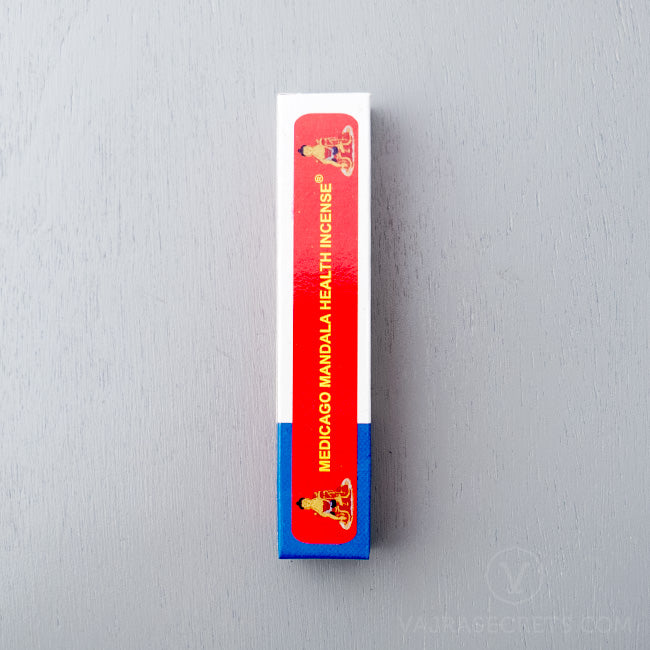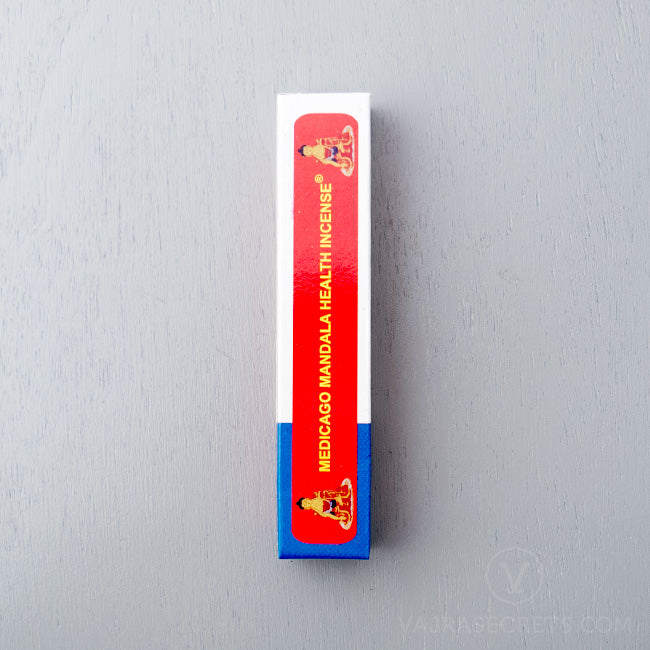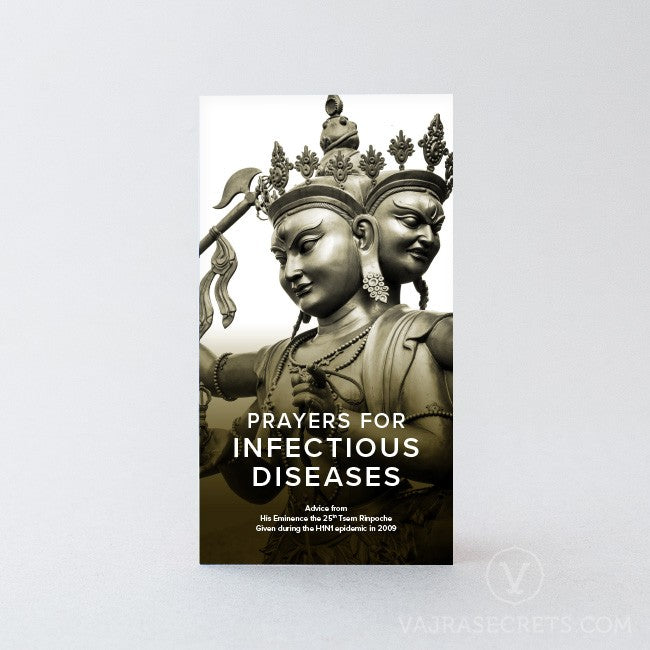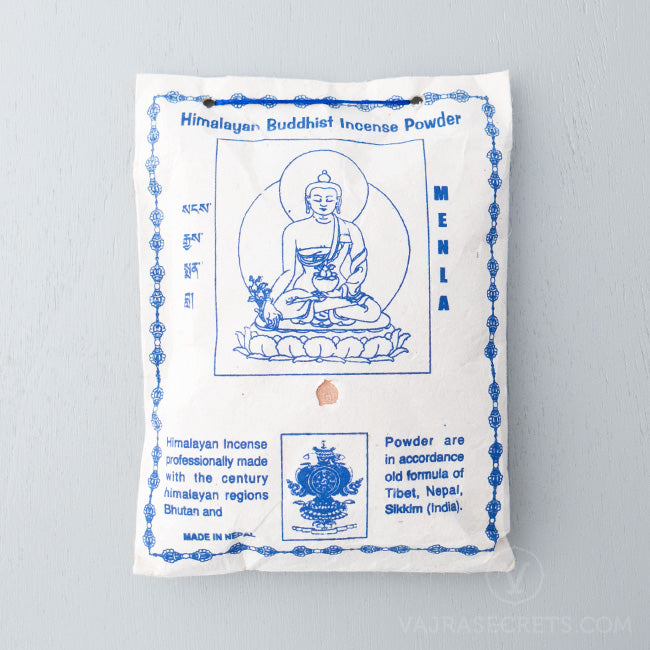About Tibetan Medicine
Traditional Tibetan Medicine is the ancient art of healing that treats body, mind and spirit in an integrated holistic way. Also known as Sowa Rigpa, this natural and complete medical system is based primarily on the Indian Buddhist scriptures, Vajrayana Tantras, and Ayurvedic healing system. It includes remedies formulated from natural ingredients such as medicinal plants, herbs, minerals and spices.
One of its fundamental principles is that our bodies are composed of the five elements of Earth, Fire, Water, Wind (Air), and Space. When these elements are in balance, we will have wellness of body, speech and mind. However, if any one of these elements goes out of balance — whether in excess, deficient or unstable, it affects the other elements and results in physical, mental and emotional ailments. Thus, the relationship and balance between the elements of our body is crucial for overall wellness and health.
Most importantly, Sowa Rigpa embraces the Buddhist belief that all ailments fundamentally arise from the Three Poisons — ignorance, attachment and aversion. Thus, many Tibetan medical treatments go beyond providing symptomatic relief, and may include lifestyle and behavioural adjustments based on Buddha’s Four Noble Truths. By reducing or eliminating the root causes of illness in this manner, we will not only enjoy good physical health but also a happier state of mind and uplifting of the spirit.
The healing power of Tibetan medicine arises from a combination of effective diagnosis, potent herbal treatments, and the power of prayer. Apart from herbal remedies consumed in powder or pill form, Tibetan medical treatments may include Rinchen Rilbu (precious pills), therapeutic incense, natural supplements, herbal teas and infusions, and lifestyle changes.
Tibetan herbal remedies are traditionally empowered with the blessings of healing deities such as Medicine Buddha. Additional mantras can be recited before partaking of the medicine or treatment to further increase its potency.
About Incense and Incense Offering
Across all Buddhist traditions, incense is one of the most common and basic substances used as offerings to the Buddhas and enlightened beings. Within Tibetan Buddhism, incense is typically used as an offering to the Three Jewels — Buddha, Dharma and Sangha. It is also employed as part of Buddhist ritual to purify offering substances such as water, food and light.
In traditional Tibetan Medicine, incense is often used as a medicinal substance to treat certain ailments. Due to the healing qualities of its ingredients, Tibetan incense can soothe and calm a mind affected by depression, restlessness, anxiety and stress. Specific incense formulas can also be beneficial for common complaints such as migraines, cough, dizziness and insomnia.
On a spiritual level, the offering of incense reminds us to hold our vows purely and creates the causes for us to do so. In Buddhist thought, morality is considered to be one of the Six Perfections of a Bodhisattva practitioner. As such, it is one of the keys to reaching full enlightenment.
“Incense offerings should be done daily and consistently with great confidence in the supreme Dharma that liberates our mind from all sufferings and to the holy sage Buddha who has traversed over samsara.”
– Tsem Rinpoche
As we make incense offerings to the Buddhas, we generate the merits to become like them and hold our vows perfectly. This collection of merits is based on our Bodhisattva aspirations, and will lead us to the realisation of higher views which sees the faults of serving oneself as opposed to serving the needs of all sentient beings.
Therefore, offering incense of the best quality with the highest motivation may seem to be a simple spiritual act, but it leads to higher insight, integrity of practice, consistency of practice, generation of merits, and the ability to hold our vows which leads to the generation of higher attainments and insight within our mindstream.











